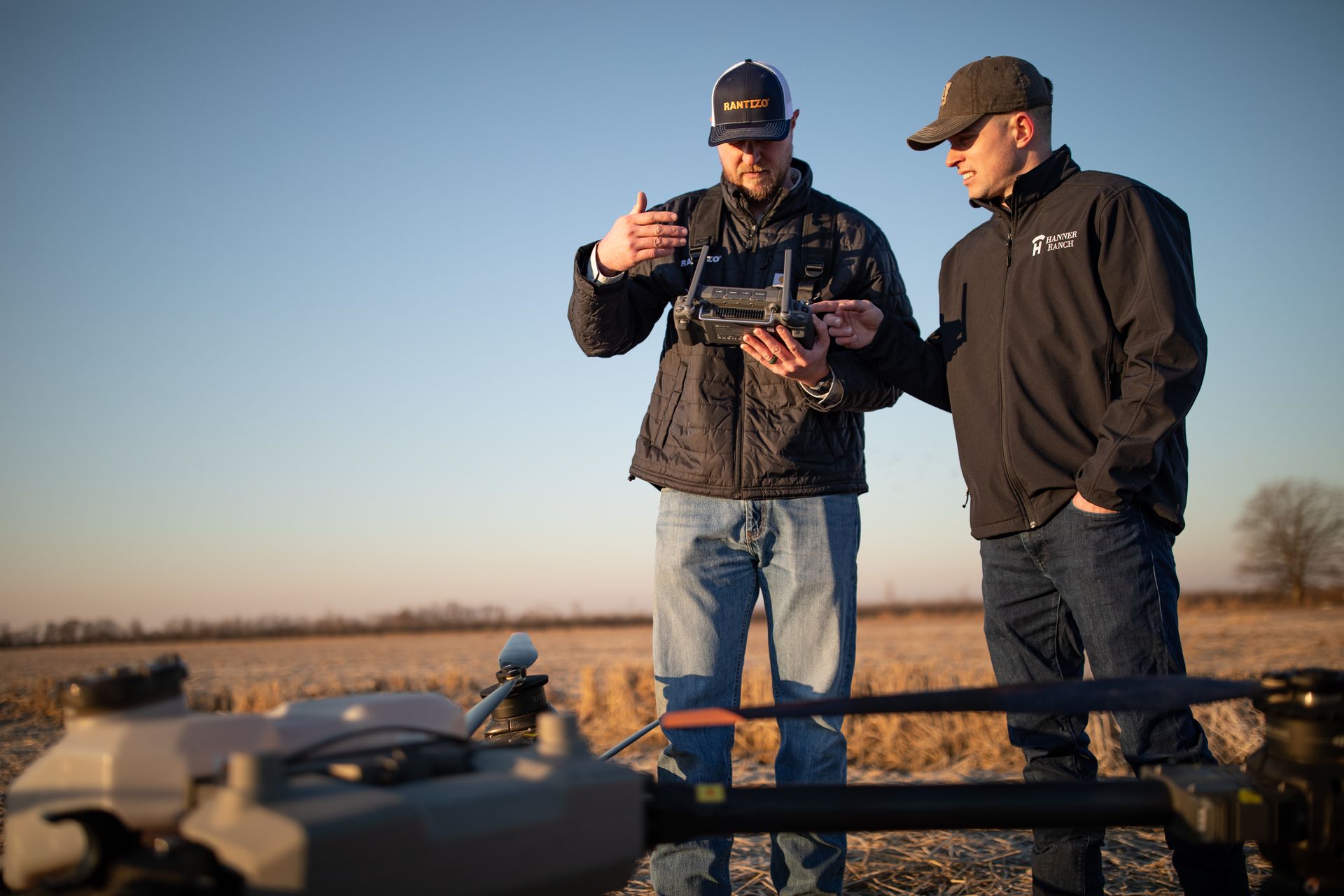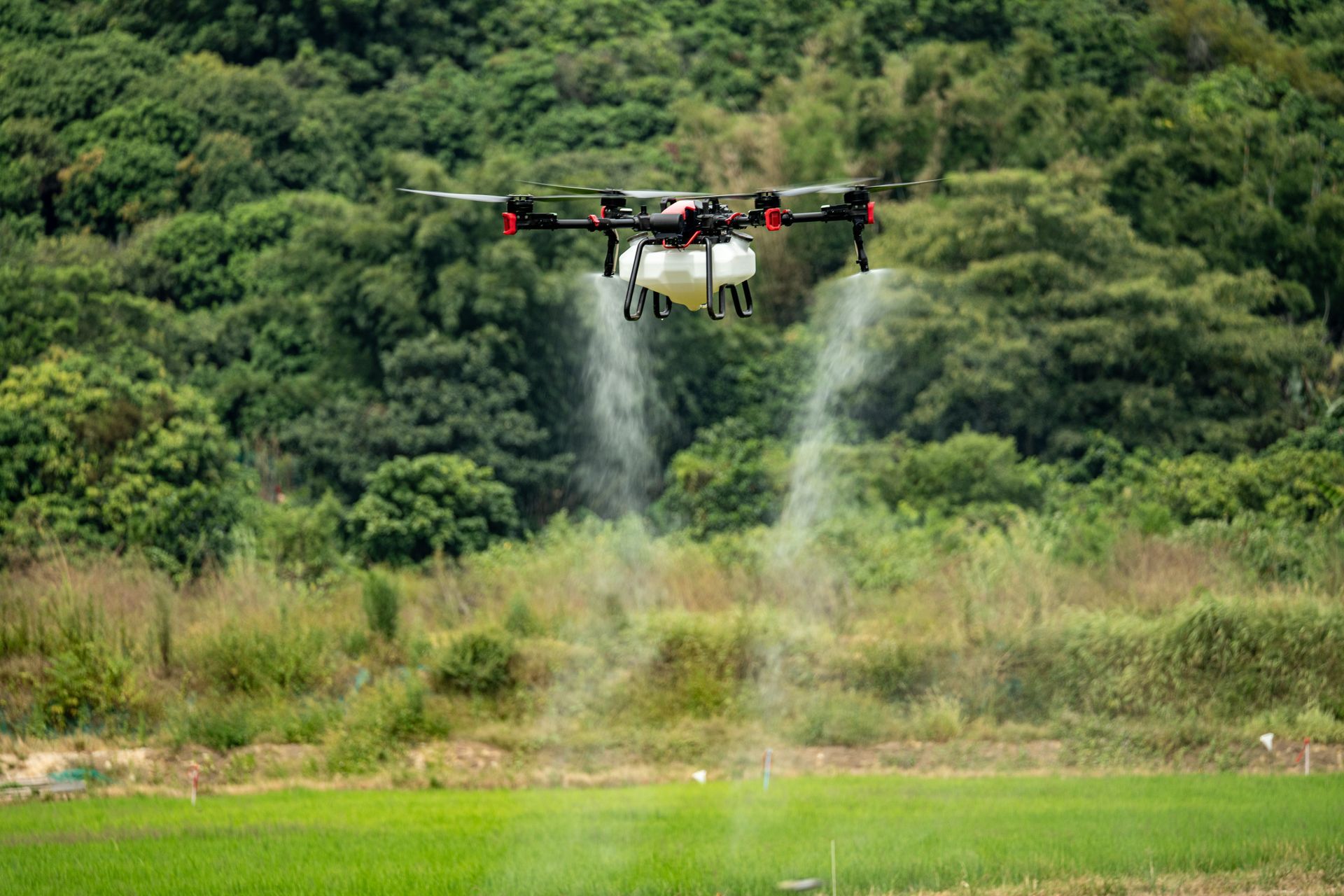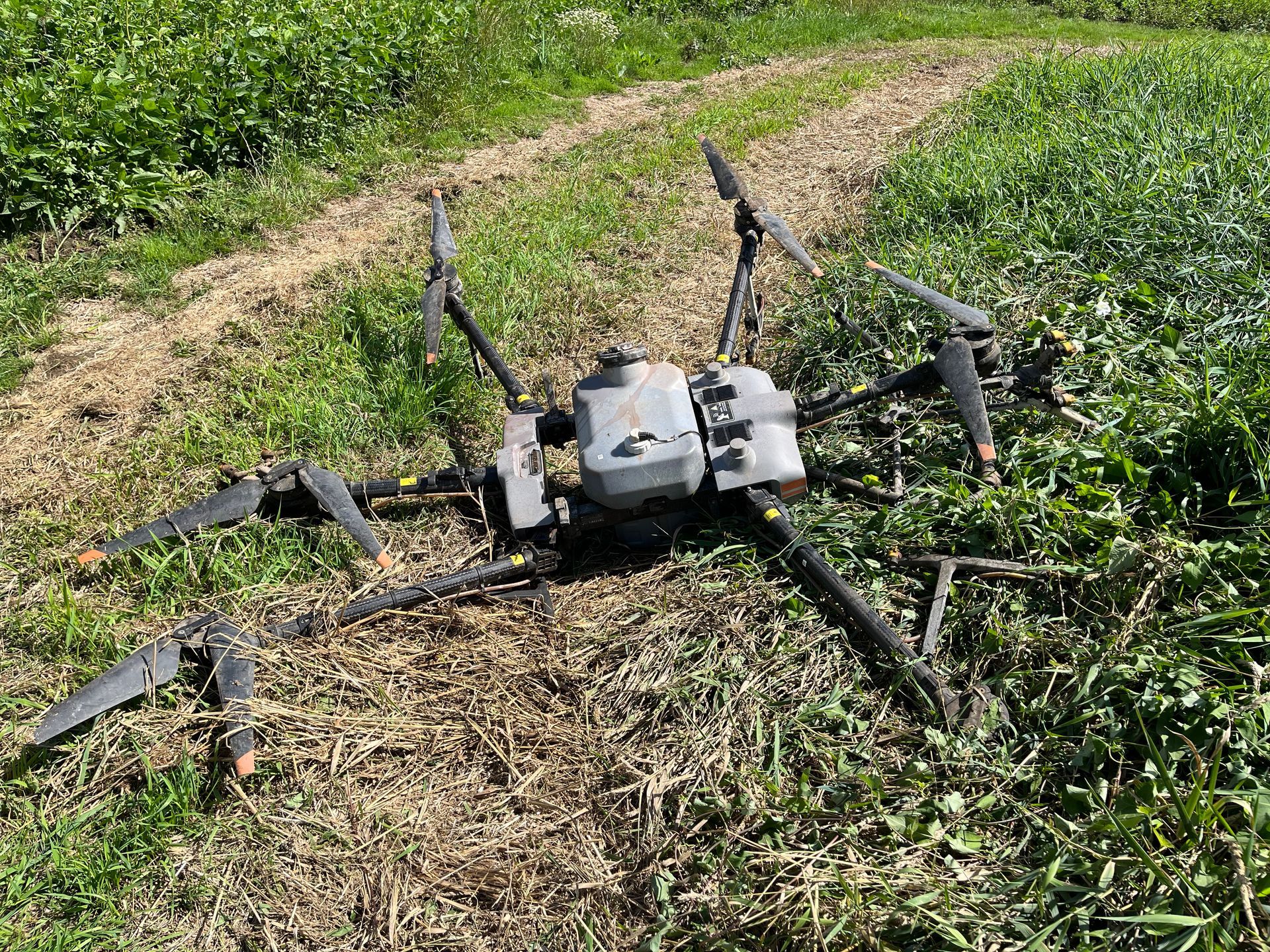RESOURCES
How to store your drone sprayer for winter
When harvest is complete and the last leaves make their way to the ground, winterizing your greatest assets becomes a priority for those in harsh climates. Safeguarding your drone in winter is no different.
Winter drone storage doesn’t have to be complicated. A little cleaning and thoughtful storage conditions go a long way. The following tips will guide you through how to properly store your drone sprayer for the winter, including how to store drone batteries.
Drone storage — The big five
Follow these five key steps to ensure you properly store your drone this winter.
1. Drone spraying components
The spraying components of your drone include two subsets.
The first:
- Nozzle caps
- Tips
- Gaskets
- Check-valves
- Diaphragms
These spraying components of your drone should be removed, cleaned and stored in a climate-controlled area. This will keep the seals from deteriorating.
The second:
- Tank
- Pumps
- Filters
To prepare the second set of spray components for winter storage you’ll want to make sure to clean the tank of your drone with a tank-cleaning solution or neutralizer. Additionally, ensure all caps and filters are removed so that everything can air dry completely. Never leave liquid of any kind in your sprayer tank over the winter. If you have leftover pesticide in your tank, follow these tips from Farm Progress for proper chemical storage in winter.
Next, let the pumps run dry for about ten seconds. Once complete, store all spray components in a climate-controlled area. If your storage area lets in sunlight, be mindful to not leave hoses or other spraying components vulnerable to months of ultraviolet light.
2. Drone and remote control
It’s common sense to clean the drone itself when preparing for winter storage, but don’t forget about the remote control. Both your drone and remote should be wiped cleaned and stored in a climate-controlled area. Maintain a temperature between 72-82º Fahrenheit for best optimal drone storage conditions.
3. Drone batteries
Perhaps the most important part of winterizing your drone is to never let the batteries drain to zero . Properly storing drone batteries is key to prolonging the life and health of your drone.
Wonder how to store drone batteries the right way? Rantizo support technicians suggest the best practice is to charge the batteries all the way , then store them in a climate-controlled area out of direct sunlight.
The internal computer in the batteries will slowly drain them until they reach approximately 50% charge. This is the optimum charge level for long-term storage between application seasons.
4. Battery chargers
Don’t forget the tools you use to recharge your drone batteries! Battery chargers for your drone sprayer batteries should be stored in a climate-controlled area.
5. Dry spreader attachment
The dry spreader attachment for your drone sprayer should also be wiped clean and stored in a climate-controlled area.
Have more questions or looking for additional drone storage guidance? Send us a message at info@rantizo.com. Our support team is happy to help.
The post How to store your drone sprayer for winter appeared first on Rantizo.
share this
past blog posts
Related blogs

Contact US
How can we reach you?
Keep up with all the latest Rantizo news including: product releases, upcoming events, drone spraying industry tips, and more!



